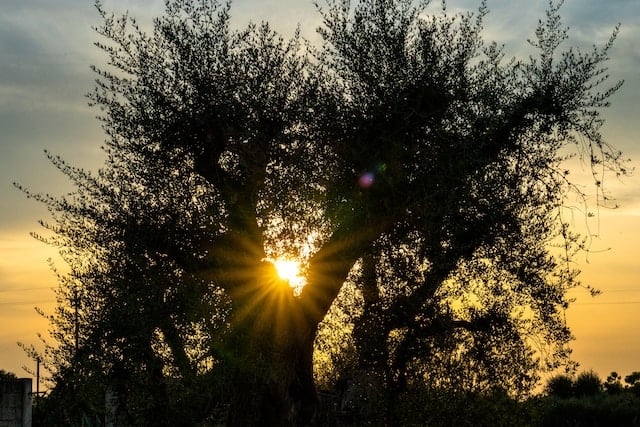La Bella Vita is our regular look at the real culture of Italy – from language to cuisine, manners to art. This newsletter is published weekly and you can receive it directly to your inbox: go to newsletter preferences in ‘My Account’ or follow the instructions in the newsletter box below.
The weather is turning wet and windy across Italy but some people might argue November is actually one of the best times of year to visit. It’s not too cold yet, accommodation and travel is a little cheaper, and there’s plenty on the events calendar.
If you come to Italy in November, you’ll be here at the perfect time to taste and buy olio nuovo as the first oil of the season is pressed – depending on where you are in the country, but in many warmer areas the olive harvest has already begun. If you have Italian friends and family you might even find you can take part in the harvest yourself.
This isn’t the only local produce celebrated at this time of year, and Italian seasonal food festivals, or ‘sagre’, of all types are still going strong. We’ve put together a list of some of the best ones to visit in the coming weeks:
Sagra: The best Italian food festivals to visit in November

Using the two common Italian greetings buongiorno and buonasera (‘good day’ and ‘good evening’) sounds like it should be simple enough.
But at what time of day does the greeting change? Like so much else in Italy, the rule seems to vary enormously depending on where you are and who you ask.
Language learners are often uncertain, and readers contacted The Local in response to a recent article on the topic of Italian greetings to tell us what the rule is in their part of Italy. One reader told us a relative in rural Basilicata insists on switching to buonasera immediately after midday, while another in Lazio said it’s very simple: the greeting changes at 5pm in summer and 4pm in winter.
We asked some Italian language teachers to clear things up. Here’s what they said:
Explained: When do Italians switch from buongiorno to buonasera?
And speaking of greetings: even touchy-feely Italians took a break from the cheek kiss during and shortly after the pandemic, but it now seems to be firmly back in fashion.
Kissing as the default greeting has a long history in Italy, and elsewhere in southern Europe. The Ancient Romans are credited with spreading the kiss throughout Europe and North Africa, though they certainly didn’t invent the custom.
Here we looked at the history of Italy’s famous cheek kiss, how to do it, and when you might want to give it a miss.
Here’s how to do the Italian cheek kiss
Remember if you’d like to have this weekly newsletter sent straight to your inbox you can sign up for it via Newsletter preferences in “My Account”.
Is there an aspect of the Italian way of life you’d like to see us write more about? Please email me at [email protected].




 Please whitelist us to continue reading.
Please whitelist us to continue reading.
Member comments